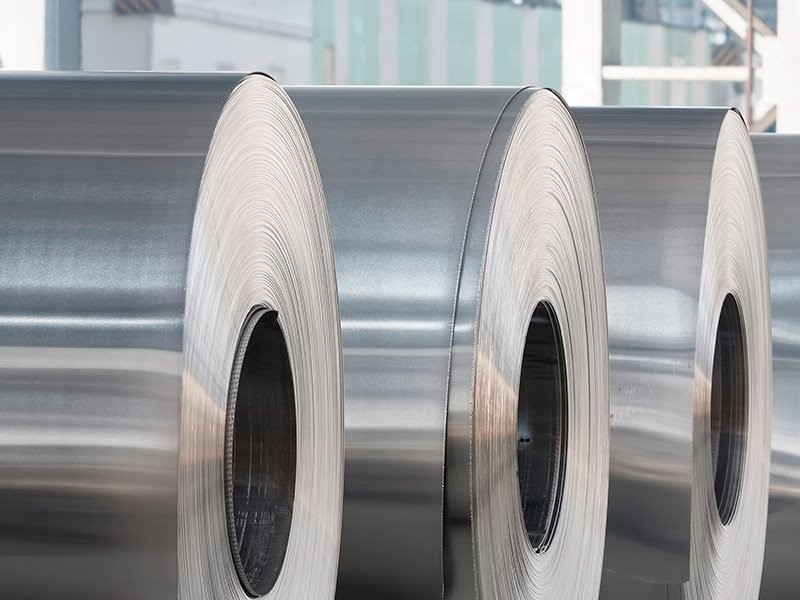In the shadow of economic turmoil, Italy's packaging sector has emerged as a symbol of resilience, leaving a lasting impact on the global economy. This is not just a tale of recovery; it's a testament to the industry's adaptability, innovation, and commitment to sustainability.

While many major industries struggled to weather economic uncertainties, Italy's packaging sector stood strong, showcasing remarkable resilience. Specialized companies in food packaging and luxury goods have driven the industry's ability to bounce back and surge ahead. This resurgence is reflected in the market size, which GlobalData valued at 82.5 billion units in 2022. Moreover, a projected Compound Annual Growth Rate (CAGR) of over 1 per cent during 2022-2027 speaks to the sector's promising trajectory.
In the era of sustainability and environmental consciousness, the Italian packaging industry remains at the forefront. Embracing eco-friendly materials and processes, companies integrate sustainability into production practices. An example of this commitment comes from the National Aluminium Packaging Consortium (CIAL), which reported that Italy recycled 73.6 per cent of its aluminium packaging waste in 2022. These efforts are on track to surpass Italy's national recycling targets of 50 per cent by 2025 and 60 per cent by 2030, long before the deadlines.
CIAL's President, Carmine Bruno Rea, encapsulates the essence of aluminium's recyclability, "The 'single-use' concept, generically associated with the packaging sector, does not suit packaging made with aluminium, a material that is infinitely recyclable by nature."
According to Mordor Intelligence, metal cans, drums, bottles, caps, and closures are prevalent in metal packaging, primarily owing to their accessibility and convenience. Recycling is crucial for aluminium cans due to its energy-saving benefits and reduced production costs.
Metal can producers strategically prioritize recycling to cut down on new material requirements and capitalize on government-defined recycling regulations. Italy is a recycling leader in Europe, with impressive aluminium recycling figures. The emphasis on sustainability and energy-efficient recycling processes is expected to drive growth in the aerosol cans and metal packaging cosmetics segments, influenced by Italy's increasing consumption of cosmetic products in recent years.
Moreover, the Italian packaging industry understands that packaging is more than a mere casing; it's a tool to establish customer loyalty. Recognizing that packaging forms the "first impression" of a product, the industry capitalizes on this concept to craft a tangible and visual embrace that resonates with consumers.
The industry's worth finds its foundation in two key sectors: equipment and technology. These sectors collaborate to create an intricate symphony of innovation and efficiency that propels the industry forward. However, it's the packaging sector that takes centre stage. It has transformed from a mere mode of transportation to an immersive experience, resonating with consumers on both tactile and visual levels.
Italy and Germany have forged a partnership that dominates the global packaging machinery market. With an impressive turnover of 6.3 billion euros, packaging machinery production showcases the strength of their collaboration. A staggering 81 per cent of revenues stem from the export market, and Italy and Germany share a balanced 50 per cent of the global export market. Meanwhile, local production and global integration maintain equilibrium, serving 24 per cent of domestic demand through imports.
Beyond the numbers lies a crucial element: people. The Italian packaging industry employs a significant workforce of 139,167 individuals. Within this, 105,000 are dedicated to the packaging sector, while over 34,000 contribute to equipment and machinery. This employment landscape underscores the sector's role in shaping the nation's workforce.
Italy's packaging industry stands as a beacon of hope and inspiration, showcasing that innovation, dedication, and consumer-centric approaches lead to survival and thriving. It is a symphony where aesthetics, functionality, and environmental responsibility harmonize, leaving an indelible mark on the global economy. As the industry continues to evolve, its journey remains a testament to what can be achieved despite adversity.
Responses

